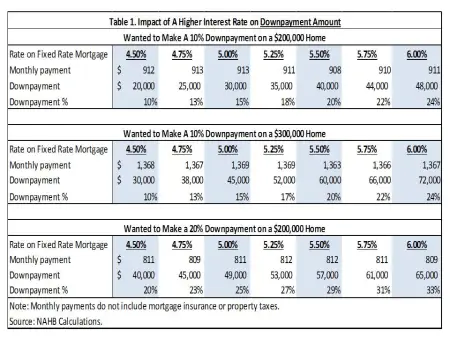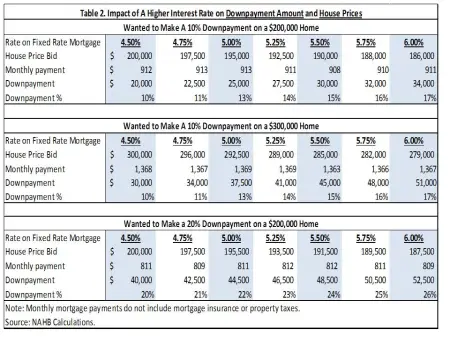The Federal Reserve Board of Governors’ recently released statistics on the financial accounts of U.S. households. The release shows continued improvement in the financial position of U.S. households with real estate. In fact, the household real estate equity position improved to a level last reached in the second quarter of 2007.
According to NAHB tabulations of the quarterly series, the asset value or market value of owner-occupied real estate held by U.S. households increased by $758 billion dollars or 3.9%. The liability total – home mortgages – decreased by $37 billion or 0.4%. The equity position, the difference between assets and liabilities, increased by $795 billion or nearly 7.9%.
The figures provided by the Federal Reserve Board of Governors are not adjusted for inflation. Therefore, it is useful to examine the owners’ equity in real estate as a percentage of household real estate. The ratio is calculated by taking the equity position divided by the market value of owner-occupied real estate held by U.S. households. The higher the ratio the more favorable is the financial position of U.S. households with real estate.
The current ratio of owners’ equity in real estate as a percentage of household real estate is 53.6%. The ratio was last at this level in the first quarter of 2007. The ratio has rebounded rapidly since the first quarter of 2009 when it was at an all-time low of 36.6%.
The quarterly series shows continued improvement in the balance for U.S. households with real estate. This should not be a surprise given the increase in home prices and the low mortgage rates. The continuing improvement in the financial position of U.S. households with real estate is a welcome sign. The improved equity position represents fewer underwater homeowners, thereby unlocking housing supply and demand.





 Posted by Joshua J. Miller
Posted by Joshua J. Miller 















